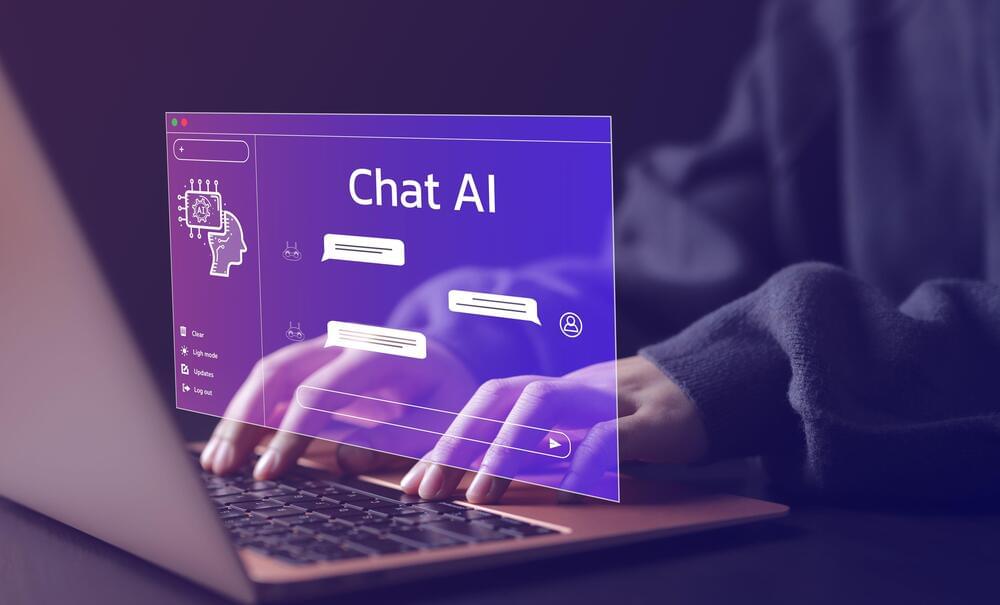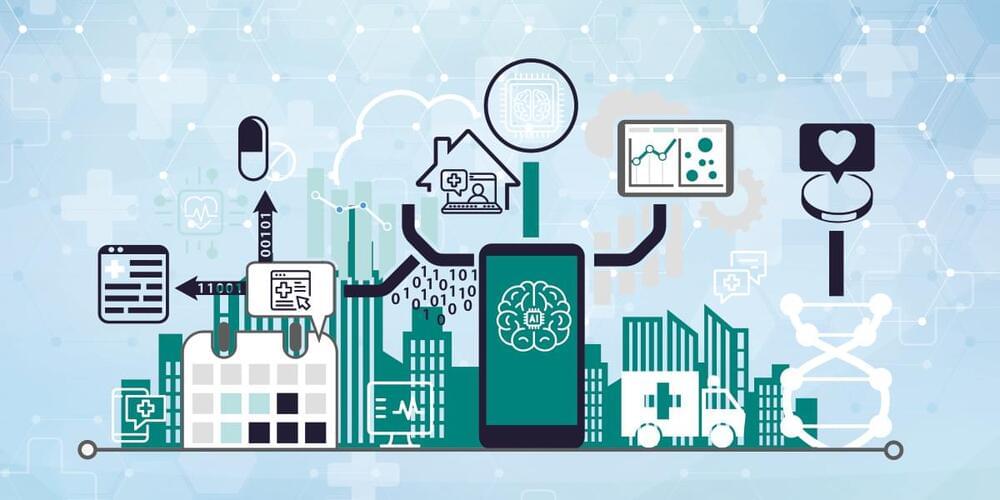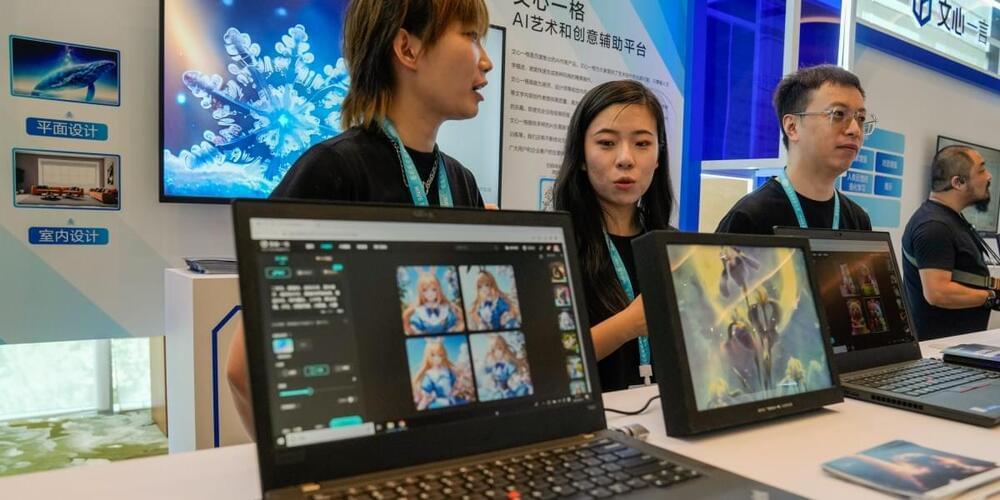Google Deepmind will soon begin researching autonomous language agents such as Auto-GPT, potentially boosting the viable applications of LLMs such as Gemini.
Google DeepMind is looking for researchers and engineers to help build increasingly autonomous language agents, Edward Grefenstette, director of research at Google DeepMind, announced at X.
Such AI agents already exist in early stages, with Auto-GPT being one of the earliest examples. The basic idea is to create a system that autonomously achieves a given goal using a mix of prompt engineering, self-prompting, memory, and other system parts. While such agents are already showing promising results, they are still far from being able to achieve good results on their own and usually require human feedback and decision-making.





